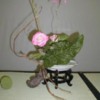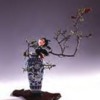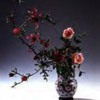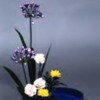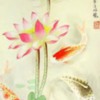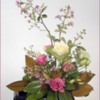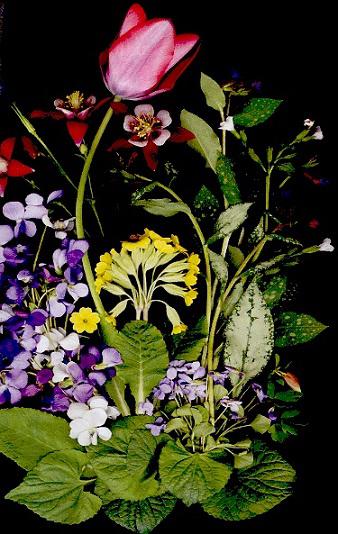Ikebana (Japanese: 生花, literally "living flowers") is the Japanese art of flower arrangement, also known as kadō (華道 or 花道)—the "way of flowers".
In contrast to the decorative form of flower arranging in western countries, the Japanese flower arrangement creates a harmony of linear construction, rhythm, and color. While westerners tend to emphasize the quantity and colors of the flowers, devoting their attention mainly to the beauty of the blossoms, the Japanese emphasize the linear aspects of the arrangement. They have developed the art to include the vase, stems, leaves, and branches, as well as the flowers. The entire structure of a Japanese flower arrangement is based on three main points that symbolize heaven, earth, and humankind.
http://en.wikipedia.org/wiki/Ikebana
Attachments
Original Post
